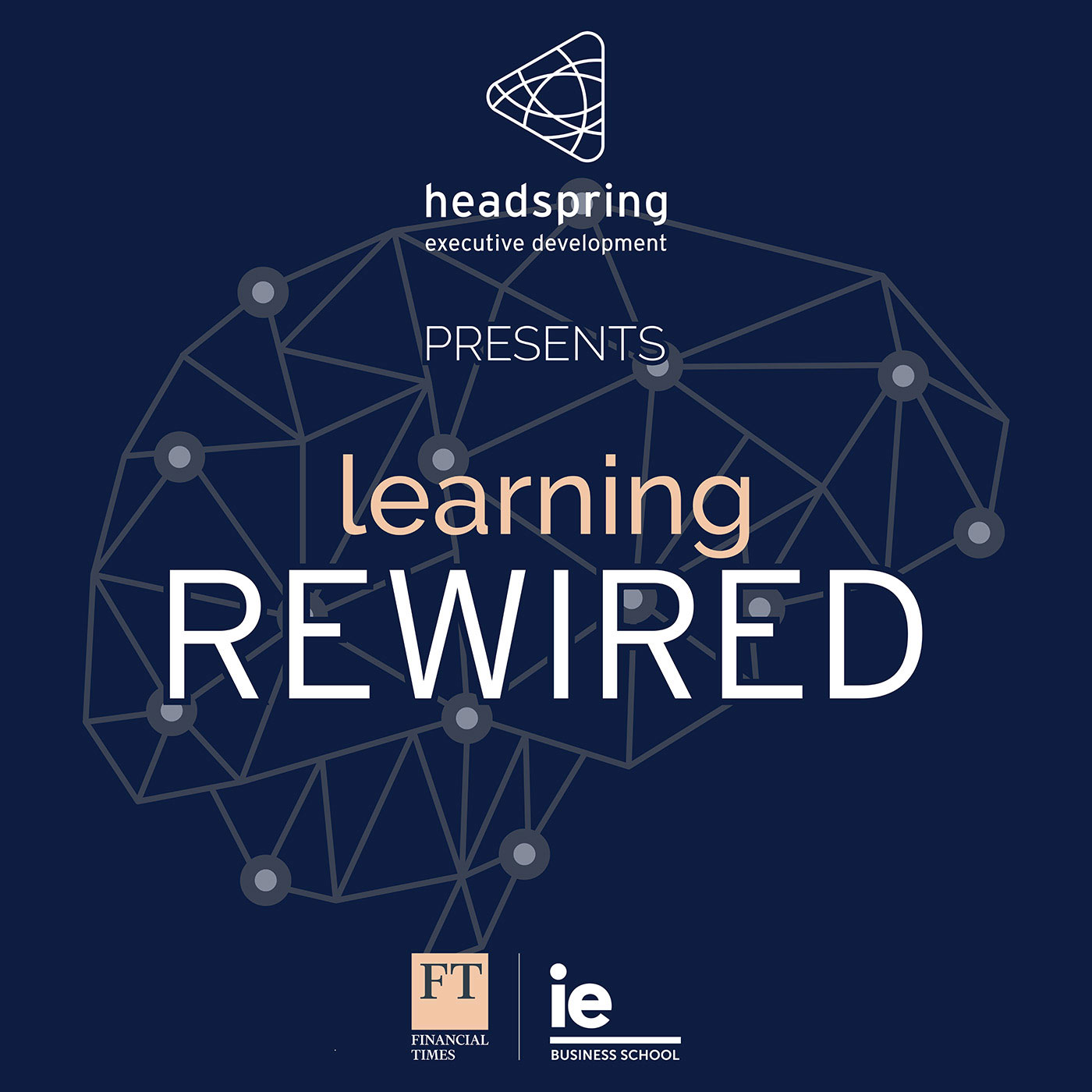- Learning Rewired Podcast
EMBODYING SUSTAINABILITY THROUGH D&I
Learn about what is role of Diversity & Inclusion (D&I) in the evolution of sustainable capitalism.Listen on Spotify Listen on Apple Podcasts

Embodying sustainability through D&I
We were fortunate to have a chat with Shiela Vinczeller, Chief Human Resources Officer at global manufacturer Aptar, who shared her passion for Diversity & Inclusion and explained how D&I can play a big role in a company’s sustainable development.
Shiela was in London for Aptar’s powerful custom leadership programme, Campus, co-created with Headspring, by Financial Times & IE Business School, and we used the opportunity to learn about the role of D&I in the evolution of sustainable capitalism.

Shiela Vinczeller
Shiela Vinczeller is the Chief Human Resources Officer and a member of the Executive Committee of Aptar, a global supplier of a broad range of innovative consumer dispensing, sealing, and packaging solutions.
Her 25 years of experience in global human resources leadership helps Aptar meet its strong track record of building effective teams and talent management with deep involvement in diversity and inclusion.
Vinczeller also took Human Resources leadership roles at International Paper for 12 years and deployed the global Diversity and Inclusion programs. She was also responsible for the company’s global talent management and talent acquisition strategies, workforce planning, employee engagement, leadership development, and management successions.
Learn more about Shiela Vinczeller workIn this Episode...
What are the underlying capabilities of inclusive leadership? It can be defined in a couple of terms, its communication, its curiosity, its courage. But first and foremost, it really has to be a very steadfast commitment because it's not something that you do once nor something that you do half of the time. You're either inclusive or you're not (…) So first is really having this really intentional, conscious commitment. To leading in a certain way and behaving in a certain way.
Then communication is at the heart of everything. How you message your intent and lay out your expectations towards everyone you work with is a big part of it. Then curiosity towards people that do not have the same background, the same context as you as a leader. And then courage because many times you have to go against the grain of “here is how we used to do things”, or “here is how we used to make decisions”, or “here is how we implemented certain things” and the courage to also open up certain conversations and take a certain stand on certain topics, when it may not necessarily be very easily accepted, ugly or understandable for somebody, which takes courage because sometimes it's uncomfortable.
So it's really a million small steps that also lead to a different type of recognition for the importance of inclusion.
What kind of incentives and rewards might work to help drive diversity and inclusion? Direct financial rewards is not necessarily as meaningful in this case. When you build an inclusive culture, you have less turnover, you have higher performance, so it weaves through developing your own team objective and materialises in the objectives that you've been successful.
Many organisations measure leaders not just by how they achieve their financial objectives, but also how they promote a talent. It has all those connected benefits which then turn into really recognising the performance of that leader.
Other rewards, come through such as having great engagement in your team, which again, makes your team more successful. The successes in this regard, are people's own stories, and how they grow and develop within the organisation. It's more about the cultural recognition and the cultural benefits within the organisation.